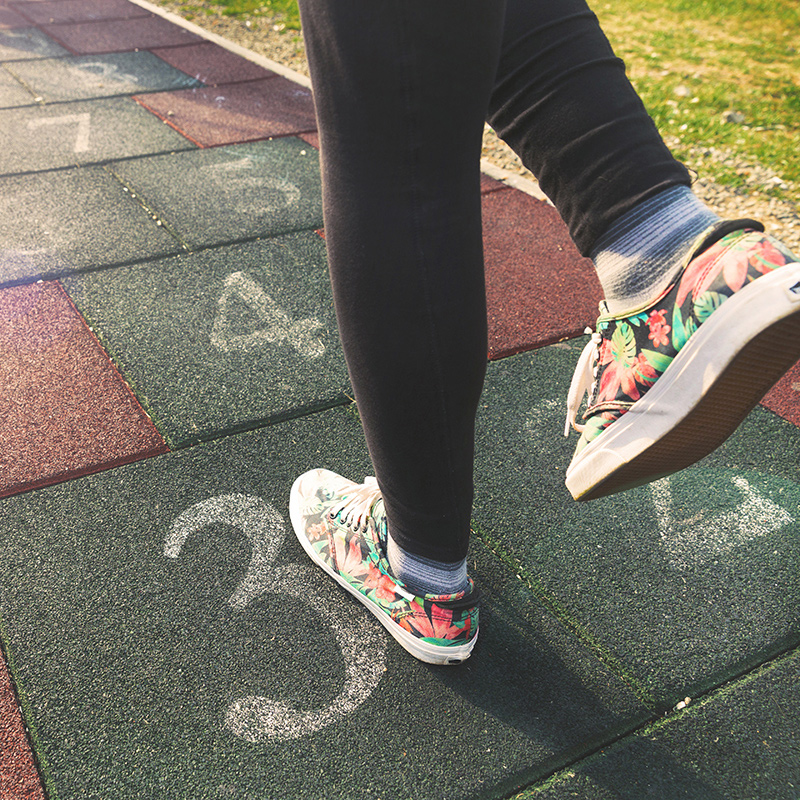About the ImagingNMD Study
The purpose of this research study, known as “ImagingNMD”, is to determine the potential of magnetic resonance imaging, spectroscopy, and whole-body imaging to monitor disease progression and to serve as an objective outcome measure for clinical trials in Muscular Dystrophy (MD).
The investigators will monitor disease progression over a 5-10-year period in ambulatory or non-ambulatory boys/men with Duchenne Muscular Dystrophy. The amount of muscle damage and fat that the investigators measure will also be related to performance in daily activities, such as walking and the loss of muscle strength
Additionally, the investigators will map the progression of Becker Muscular Dystrophy following adults with this rare disease. The primary objective is to conduct a multi-centered study to validate the potential of non-invasive magnetic resonance imaging and magnetic resonance spectroscopy to monitor disease progression and to serve as a noninvasive surrogate outcome measure for clinical trials in DMD and BMD. The secondary objective is to characterize the progressive involvement of the lower extremity, upper extremity, trunk/respiratory muscles in boys/men with DMD and BMD guiding clinical trials.
Want to learn more about iNMD’s Studies?
Explore Our Interactive Dashboard

Study Objectives
Duchenne Muscular Dystrophy (DMD) is an X-linked genetic neuromuscular disease affecting mainly boys. It causes muscles to get weaker over time and lose the ability to repair after an injury, in time replacing muscle tissue with fat. Becker Muscular Dystrophy (BMD) is also caused by a genetic defect of the dystrophin gene and leads to muscle instability and muscle weakness, but the progression is inconsistent and is generally milder. The natural history of the disease progression in BMD is not well understood, making drug development and clinical trials slow.
The purpose of the ImagingNMD study is to learn more about changes that occur in muscles of the arms and legs in boys and men with DMD and BMD. We hope to develop an improved imaging procedure to follow the progression of this disease and help evaluate upcoming treatments for this disease.
We will compare the muscles of boys/men with DMD and BMD with muscles of age matched healthy controls to determine whether this new method can be used to track disease progression. The severity of muscle disease that we measure will also be related to how well a person does in daily activities such as walking and use of the arms or breathing function, and measures using muscle biopsies.
Overview of Procedures
First, Magnetic Resonance Imaging (MRI), and Magnetic Resonance Spectroscopy (MRS) measures will be performed on your leg, arm, breathing, and/or trunk muscles. The MRI procedure allows us to get pictures of your leg, arm, and/or trunk muscles and MRS gives us biochemical information of specific muscles. We will use the images and biochemical information to tell the difference between damaged muscle from your healthy muscle and fat inside of your muscles. After this is completed, muscle strength and functional tests of the arms and/or legs such as functional arm movements, walking and climbing four steps may be performed, depending on your walking status. Muscle strength and functional tests will help us to determine how strong your leg and/or arm muscles are. After these tests are done, we may ask you to do some breathing tests.
We will ask you questions about your medical history and obtain information about your medicines. If you are an adult subject with BMD, we may also perform a needle muscle biopsy in two of your leg muscles to find out the amount and type of dystrophin in your muscles as well as other measures of muscle health.
Enrollment Information
Inclusion Criteria
The following General Inclusion Criteria* offers the essential factors that determine if a person is eligible for this study. It is not a complete list. Each potential participant who satisfies these general guidelines will be further screened by one of our research coordinators.
To be included, each participant must be:
- Diagnosed with DMD or BMD
- 5 years of age or older (for DMD) or between the ages of 18-62 (for BMD)
- Ambulatory or non-ambulatory
- Subjects will not be excluded based on corticosteroid treatment.
Exclusion Criteria
The following General Exclusion Criteria* indicates the most significant factors why a person may be ineligible for the study. Once again, a research coordinator will discuss these factors further during a telephone screening.
Individuals may be excluded if they:
- Have a contraindication to an MRI examination.
- Have unstable medical problems.
- Are not able to follow directions or have severe cognitive deficits.
- Have a secondary condition that may impact muscle metabolism, muscle function or functional ability (i.e. cerebral palsy, endocrine disorders, and mitochondrial disease).
*Disclaimer: These are only general guidelines for inclusion in the study. A site coordinator will go into more detail with each individual.
Other Studies Currently Enrolling
In this study, we are trying to understand more about bone fragility and fractures in DMD. People with DMD have weaker bones than the general population. There are probably a number of changes to the bone’s structure that cause this weakness. Our goal is to use MRI to analyze the structure of bone in the limbs, especially the femur (thigh bone), and the spine of people with DMD and without DMD. We hope that these types of measurements can eventually be used in clinical trials to try to improve bone health in DMD. This study is recruiting 7-18 year old glucocorticoid-treated males with DMD and unaffected males.
Participants in this study will have an MRI of their bones and the muscles in their thighs. They will be in this study for 1 year, and will visit the University of Florida twice in that time period to have MRI measurements made. Each visit will last about 4-5 hours. Some people may have a dual-energy X-ray absorptiometry (DXA) scan performed. The study pays for travel to Florida (flights, accommodation, and rental car) for the participant and one accompanying parent.
For more information on this study or to enroll, please contact Rebecca Willcocks at rw254@phhp.ufl.edu or 352-294-5997.





